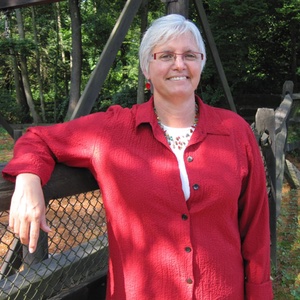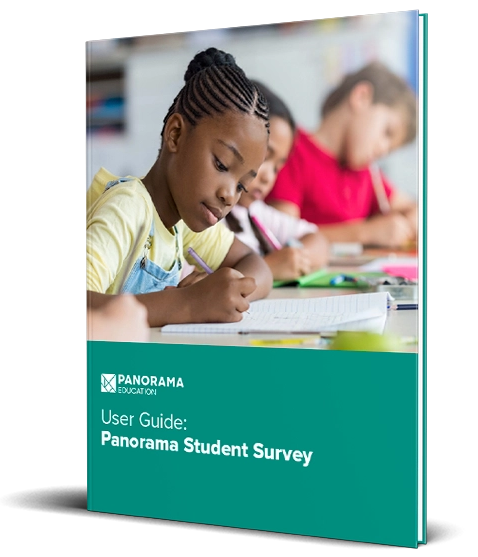Bringing student voice and ideas into the classroom through surveys can lead to positive improvements for both students and teachers. Brandy Cooper, a 6th grade teacher at Milford Central Academy in Delaware, recently shared her experience using the Panorama Student Survey and highlighted the new strategies she’s implementing in her classroom to keep students focused and help them form better connections with the class material—all as a result of what she learned from her student feedback!
"Thanks to data I received from the Panorama Survey, I have made many changes in my classroom. I am hopeful that these changes impacted my students positively."
On the Schools That Lead blog, Ms. Cooper wrote about how she approached reviewing her survey data and how she’s incorporating those learnings into her classroom. See how she approached her survey data, and how you can adopt these strategies when reviewing your own student surveys in her post below:
Learning from student feedback
The Panorama Student Survey gave me helpful insights into my students’ feelings, perceptions, and beliefs about my class and our school in general. I administered the survey to my classes in the fall, and I felt a range of emotions as I analyzed the results. I was pleasantly surprised, reaffirmed in my beliefs, and bothered by some of the responses my students gave to the survey questions. I used the results to make specific changes based on my students’ answers.
The survey provides a substantial amount of information across multiple categories. Because Student Engagement and Sense of Belonging were my lowest-scoring categories, I focused on those two areas to start. Each category had multiple questions, so I chose the questions that received the highest percentage of unfavorable responses to focus my attention. For example, in the area of Student Engagement, the question, “When you are not in class, how often do you talk about ideas from this class?” had quite a few unfavorable responses.
Using survey data for classroom change
I’m a math teacher, so I was surprised to see my students didn’t seem to be making the connections between what we are learning in class and real life. For instance, we do an entire unit on decimals, but they didn’t seem to be making the connection to money, something they use every day. After analyzing this data, I have made more of an effort to point out these connections and to use real-life problems in my class. I also ask my students at the end of a lesson when they can see themselves using these skills in real life. I believe that we are already learning skills that are extremely applicable to their daily lives; I simply need to make these connections more explicit and use problems that seem more relevant to daily life.
Another question in this category that received a fair amount of unfavorable responses asked students, “How often do you get so focused in class that you lose track of time?” After seeing these results, I decided to change the structure of my classes. At the time, I had three main sections of every class period. I decided to break up each of these sections into multiple parts, in an attempt to make the “pace” of the class feel quicker to students. For example, I used to structure the main lesson of the day as two parts: a work time and a sharing out time. Around the same time I received my survey results, I was learning about exploratory, or “rough draft,” talk. I decided to utilize this new learning in the way I was planning to restructure the problem-solving portion of my lessons. I restructured this portion of the class into four sections: a rough draft work time, a rough draft idea share out, a final draft work time, and a final draft share out. Even though we are accomplishing the same goals in the same amount of time, the multiple segments make the pace of the class “feel” faster to me. I am curious to see if my students feel the same way when I receive my spring survey results.
Thanks to data I received from the Panorama Survey, I have made many changes in my classroom. I am hopeful that these changes impacted my students positively and that I will see a change in their responses when they take the spring survey. Students are such a powerful resource for teachers when they are willing to listen to students’ voices and analyze their feedback to drive change.
Thanks to Schools That Lead and Ms. Cooper for sharing this post! Schools That Lead is a nonprofit that works with district and charter schools to advance powerful student learning.


.jpg)
.jpg)


